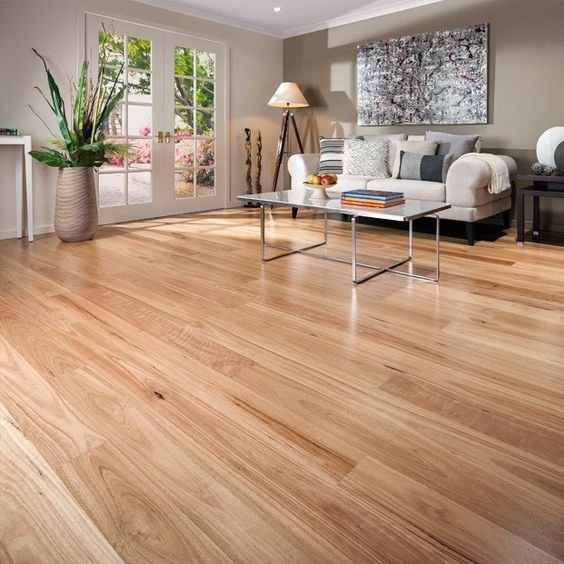Engineered flooring is dramatically improving its popularity around the world as a feasible alternative to solid wood flooring. While becoming considerably less expensive than a solid wood floor, engineered flooring works better in several ways which goes to explain its increasing market share. Compared to laminate flooring, engineered gives 100% real wood and the surface layer of the floor is a traditional, prime cut of hardwood. The big difference lies in the fact that engineered flooring boards are made of a number of different layers, the surface layer of costly oak or walnut and the core layers of cheaper, extremely durable plywood. It is this layered construction that makes engineered flooring both cheaper and more durable as it is less prone to the contraction and warping that can take place solid wood flooring.
With regards to laying engineered flooring, it is possible to lay it as a floating floor provided that the substrate is appropriate and a correct underlay is used. Laying a floating floor is usually cheaper than choosing a glue or screw down approach and also allows you easy access to the subfloor if necessary. However, to lay a floating floor, the substrate must be both level and damp proof. An uneven concrete subfloor can be easily repaired through the use of a self-leveling compound that instantly fills lower areas while runny and dries to provide a perfectly smooth surface.
If installing your floating engineered floor on a concrete base, a damp proof membrane is going to be required to prevent moisture from the subfloor rising and affecting your floor. Fortunately, many underlay are actually developed that has a feature of a damp proof layer and provide protection while creating a cushioned base for the floor. Many types of underlay are available, some with heat flow attributes, and some are designed to sound proof your floor but all have the similar basic principle of providing a cushioned surface for your floating floor to rest upon.
Now that you have chosen the appropriate underlay and the desired engineered flooring, you will probably be pretty keen to get started right away however it is necessary that you allow your floor to acclimatize to its new environment before starting the installation. During production and storage, chances are that your floor will get in different humidity and temperature conditions and while adjusting to these new environments, your floor will probably expand or contract. Most tradesmen will advise leaving your wood flooring in the room for around 10 days before the installation to allow for these adjustments as it would be harmful if these changes occur after the floor is laid.
Engineered flooring often is available in tongue and groove edge profiling which makes it easy to slot planks together but the majority of modern engineered flooring now provides the easy click installation system which performs on a similar principle but causes the planks to lock together once slotted without the need for adhesives. When laying your floating floor, it is essential to leave a 10mm gap between the walls of the room. This 10mm gap can be hidden through the use of a scotia or skirting board under which your new floating engineered flooring will have space to expand.
